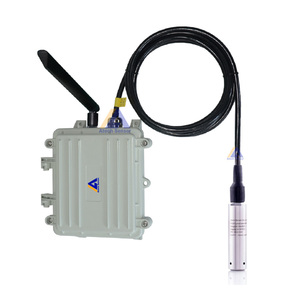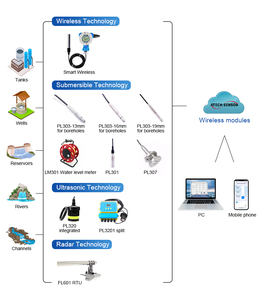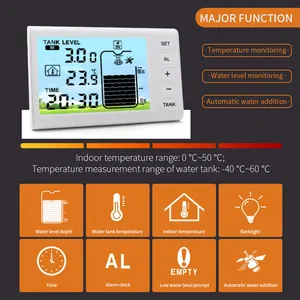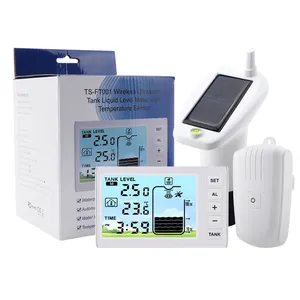Introduction to Fill Level Sensor
Fill level sensors are cutting-edge devices designed to monitor the level of fluids in various containers and tanks. These sensors play a vital role in numerous industries, enabling businesses to ensure optimal fluid management, prevent overflow or dry runs, and enhance operational efficiency. With advancements in technology, the fill level sensor now provides accurate readings through various methods, catering to diverse applications and requirements.
Types of Fill Level Sensors
Fill level sensors come in a variety of types, each designed to meet specific operational demands:
- Ultrasonic Fill Level Sensors: Utilize sound waves to measure the distance to the surface of the liquid, providing non-contact sensing capabilities.
- Capacitive Fill Level Sensors: Measure changes in capacitance caused by the presence of liquid, ideal for non-conductive liquids.
- Radar Fill Level Sensors: Use microwave radar technology to precisely gauge fill levels, effective in high-pressure or extreme temperature applications.
- Float Fill Level Sensors: Operate using a floating mechanism that rises and falls with the liquid level, creating a simple but reliable measuring method.
- Optical Fill Level Sensors: Rely on light transmission and reflection, perfect for transparent liquids and applications requiring high precision.
Function and Features of Fill Level Sensors
Fill level sensors are loaded with features designed to optimize functionality:
- Real-Time Monitoring: Provides continuous updates on fluid levels, ensuring users have current information at their fingertips.
- Customization Options: Many sensors can be configured based on the specific requirements of the application, including range and sensitivity settings.
- Alerts and Alarms: Capable of triggering alerts for high or low liquid levels, preventing critical situations that could affect operations.
- Integration with Control Systems: Sensors can often be connected to automation systems for seamless management of processes.
- Robust Build Quality: Constructed from durable materials to withstand harsh environments, ensuring longevity and minimal maintenance requirements.
Applications of Fill Level Sensors
Fill level sensors are applicable across numerous industries, each benefiting from the precision and reliability of these devices:
- Water Treatment Plants: Used for monitoring water levels in various tanks and reservoirs, ensuring efficient treatment processes.
- Food and Beverage Industry: Essential for accurately measuring liquid levels in production tanks, helping maintain quality and consistency in production.
- Petrochemical Industry: Monitors fuel and other chemicals in storage tanks, critical for safety and compliance with regulations.
- HVAC Systems: Used in sump pumps and condensate drains to ensure proper moisture control and function.
- Utilities and Power Generation: Plays a key role in managing fluid levels in cooling towers and other critical components.
Advantages of Using Fill Level Sensors
Integrating fill level sensors into operational processes offers numerous advantages:
- Enhanced Safety: Reduces the risk of overflow, dry runs, and other hazardous incidents, protecting both personnel and equipment.
- Cost Efficiency: Accurate monitoring leads to optimized resource management, reducing waste and operational costs.
- Increased Productivity: Automation of level monitoring can save time and allow staff to focus on higher-value tasks.
- Improved Data Collection: Enables the collection of valuable data over time, assisting in predictive maintenance and operational improvements.
- Adaptability: With multiple types and configurations available, fill level sensors can be tailored to meet specific needs across different industries.




















































































































































































